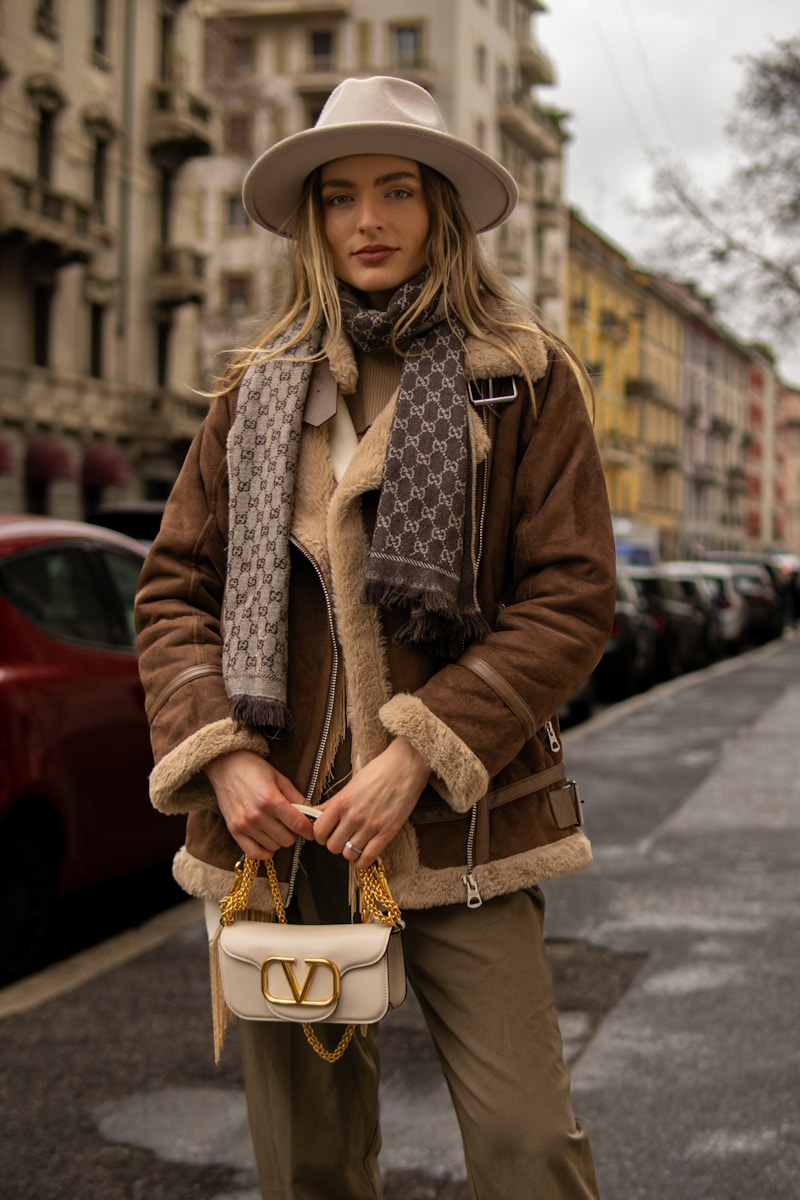In a world where fast fashion bombards us with prints, layers, and ever-changing colors, the timeless allure of a monochrome look continues to cut through the noise with quiet confidence. There’s something undeniably powerful about dressing in one color from head to toe. It’s elegant without being fussy, modern yet classic, and—most importantly—effortlessly cool.
Monochrome fashion isn’t about playing it safe. On the contrary, it’s a bold style choice that offers a sleek silhouette, a confident presence, and a surprisingly vast palette of possibilities within a single hue. From streetwear to high fashion runways, monochrome outfits have become the go-to move for anyone looking to project edge with minimal effort.
But what makes monochrome style so compelling? Why does it have such a lasting impact? And how can you make it work for your own wardrobe without looking flat or overly coordinated? Let’s break down the beauty, strategy, and versatility of this iconic approach to style.
Why Monochrome Works: The Psychology of Uniformity
At first glance, dressing in one color might seem too simple or even boring. But simplicity is where monochrome draws its strength. When you strip away competing patterns and color clashes, what remains is a clear, intentional look that feels clean, organized, and purposeful.
Psychologically, monochrome outfits are perceived as more polished and harmonious. They signal confidence and discipline—qualities that align with the idea of “effortless edge.” There’s something incredibly striking about someone who can make one color look dynamic rather than dull.
And let’s not ignore the visual benefits: wearing a single shade elongates the body and creates an uninterrupted vertical line, making you appear taller and leaner. It’s a subtle form of visual illusion, and it’s been quietly championed by fashion icons for decades.
The Color Spectrum: Choosing Your Monochrome Mood
One of the most fascinating aspects of monochrome styling is that every color evokes a different mood. The tone you choose sets the emotional tone of the entire outfit.
Black: The Undisputed Champion of Edge
If monochrome had a queen, it would be black. It’s the ultimate fashion equalizer—timeless, rebellious, sleek, and universally flattering. Black outfits have been synonymous with coolness for generations, from Audrey Hepburn’s chic elegance to the downtown grunge of 1990s New York.
A black monochrome outfit is inherently edgy. It doesn’t need sparkle or excess—it speaks volumes in silence. The key to mastering it lies in texture. Layering leather, denim, knits, and suede within one outfit adds dimension and depth, preventing it from looking flat or lifeless.
White: The Power of Clean Simplicity
On the other end of the spectrum, all-white outfits bring an unexpected kind of edge: one rooted in restraint and fearlessness. White is high-maintenance, which makes wearing it deliberately feel luxurious and composed.
Pairing white linen trousers with a structured blouse and a wool coat, for example, creates a crisp and commanding look. It’s fresh, modern, and quietly intimidating in the best possible way.
Neutrals: Sophisticated Subtlety
Monochrome doesn’t have to mean stark black or white. Earth tones, beiges, greys, and taupes offer a soft, grounded form of elegance that still feels fashion-forward.
The trick to pulling off neutrals is balance. Mix oversized silhouettes with form-fitting pieces, or combine different fabric weights—think a ribbed knit dress with a tailored camel trench. The lack of visual noise makes the outfit feel intentional and serene, yet utterly stylish.
Bold Colors: Statement Confidence
For those unafraid to stand out, monochrome in bold hues—like red, cobalt blue, or emerald green—can make a stunning impression. These looks are less about minimalism and more about modern energy. When worn head-to-toe, even the brightest colors become sophisticated.
To avoid cartoonish vibes, choose high-quality fabrics and minimalist shapes. Let the color speak for itself.
Fabric & Texture: The Secret Weapon of Monochrome
A crucial factor in avoiding monotony with monochrome is fabric. When you’re working with one color, texture becomes your best friend.
Leather adds edge and gloss.
Wool brings warmth and softness.
Silk or satin introduces a sensual, fluid contrast.
Denim offers casual ruggedness.
Knitwear creates softness and coziness.
Mixing these elements gives your outfit contrast without the need for multiple colors. For instance, a beige suede skirt with a chunky beige sweater and smooth leather boots will look layered and rich, even though it’s all the same tone.
Structure vs. Flow: Playing with Silhouettes
Another way to create visual interest in a monochrome outfit is through silhouette play.
Pair loose trousers with a fitted top. Combine a boxy blazer with skinny jeans. Wear an oversized button-down shirt tucked halfway into slim pants. The interplay of structure and flow adds intrigue and modernity.
Monochrome outfits work best when the shapes complement each other, guiding the eye through the look like a well-composed photograph.
Accessorizing Within the Color Family
Accessories can either break or enhance the monochrome effect. The chicest approach? Keep accessories within the same color family, but don’t match them exactly. For example, in a navy look, choose a midnight blue bag, slate heels, or deep indigo sunglasses. These subtle shifts create layering without deviating from the theme.
Metallic accents like silver jewelry or gold hardware can add a pop without overwhelming the palette. For a bolder vibe, a contrasting accessory—like a red lip or white sneaker with an all-olive look—can create a focal point that elevates rather than distracts.
Monochrome in Street Style & Runway: A Legacy of Edge
Some of the most memorable street style moments in fashion history have been monochrome moments. Think of Victoria Beckham in head-to-toe camel, or Rihanna draped in a full lavender look at a Paris show. These ensembles felt sharp, deliberate, and iconic—proof that you don’t need ten colors to turn heads.
Runways, too, have long embraced the monochrome aesthetic. Designers like The Row, Max Mara, and Balenciaga frequently build entire collections around single-color ensembles, each piece standing as a study in proportion, fabric, and finesse.
Everyday Monochrome: Not Just for Fashion Week
Monochrome styling isn’t reserved for celebrities or fashion insiders. It’s a practical, accessible way to look pulled together in everyday life. Whether you’re running errands or attending a work meeting, wearing one color can make you feel instantly more organized and confident.
Start simple. Build a few outfits around your favorite color or neutral. Use layering and texture to create movement. Focus on fit and silhouette. Over time, you’ll develop a stronger sense of how to build looks that feel both natural and elevated.
Confidence Is the Final Touch
Above all else, monochrome dressing demands confidence. Wearing one color from head to toe makes a statement, whether you mean it to or not. It tells the world that you’re composed, intentional, and in control of your style.
The edge doesn’t come from the color itself—it comes from the certainty with which you wear it. That’s the true magic of monochrome: it amplifies your energy instead of overshadowing it.


